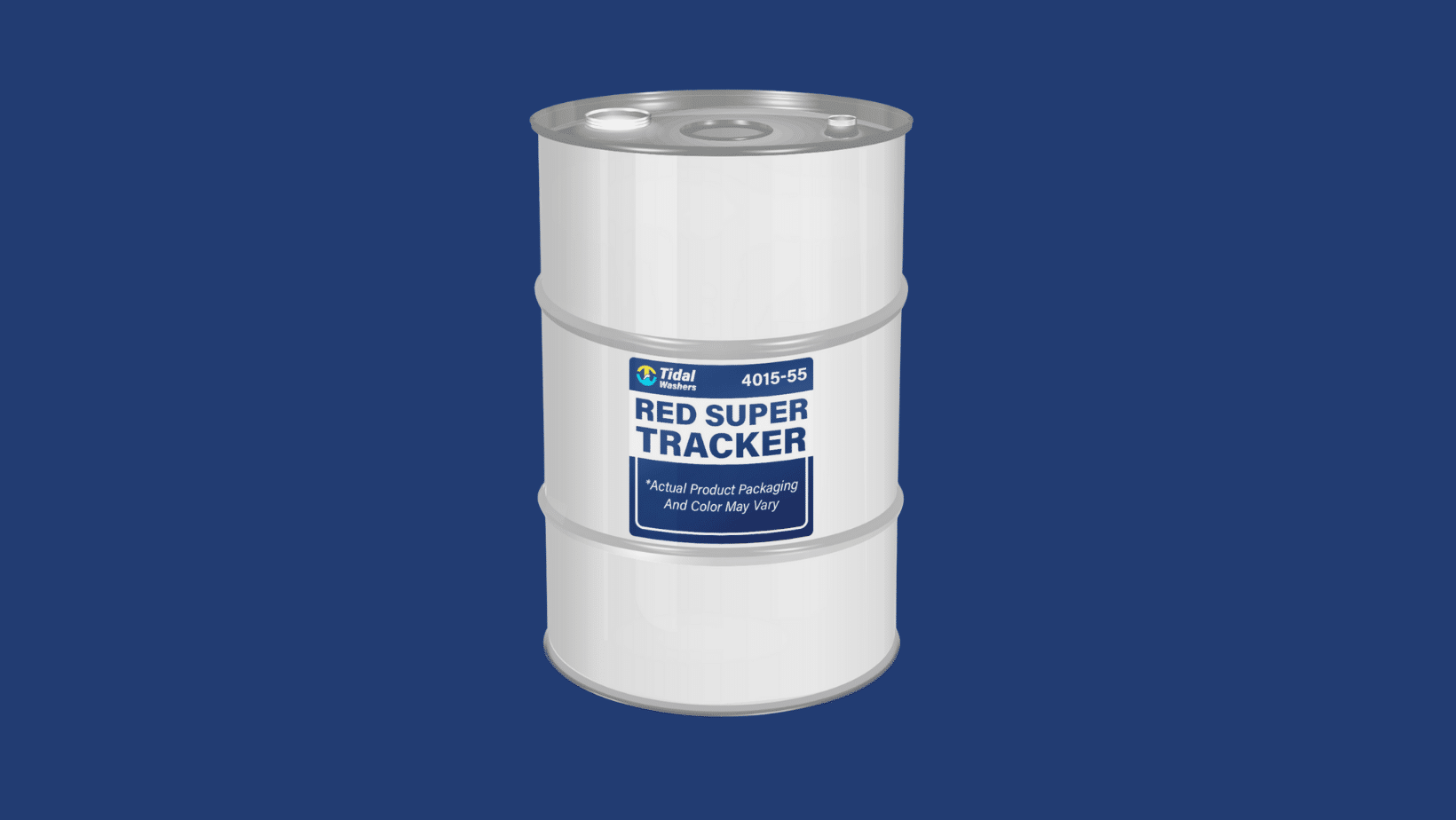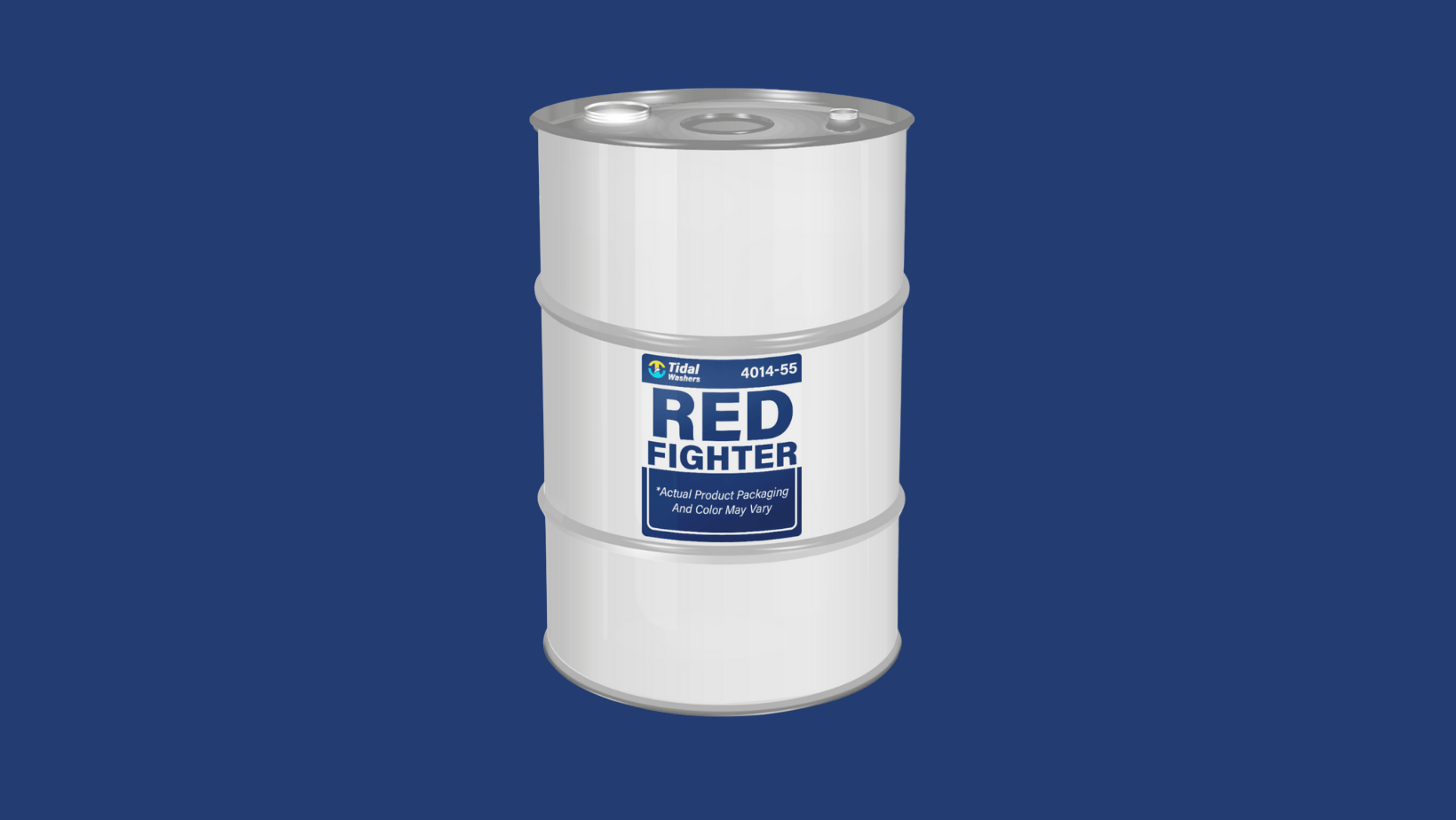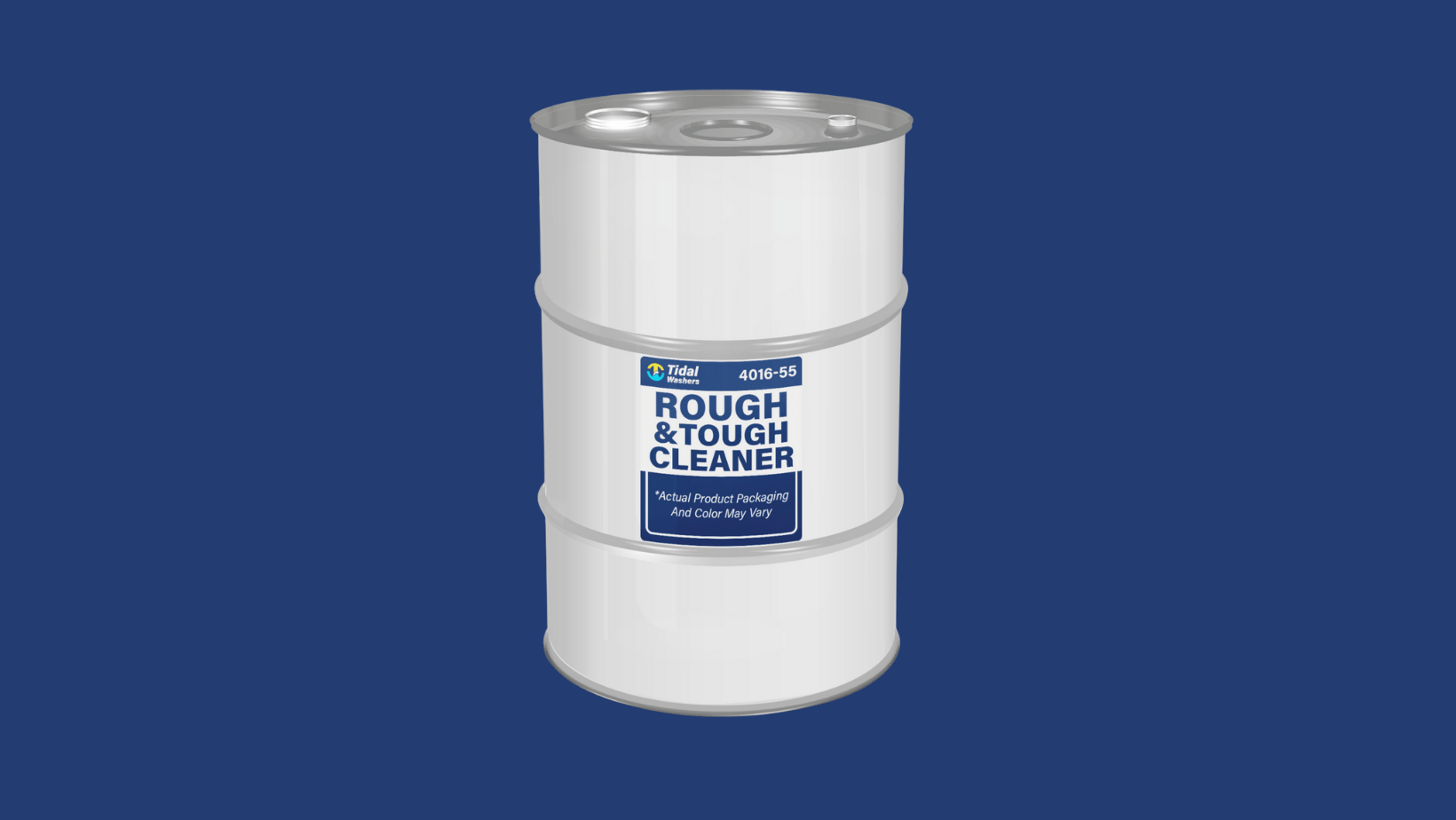Hundreds of companies and workers around the world depend on paint removing chemicals to strip various coatings from desired surfaces, whether to...
Blog


CHEMICAL INDUSTRY NEWS
Chemical Chat – Discover What’s New!
The Benefits of Red Super Tracker
Interested in a New Industrial Cleaning Solution? Red Super Tracker might just be the product for you. This red cleaning solution, primarily...
The Benefits of Red Fighter for Rust Stains
Looking for a Rust Stain Removal Product? No matter whether they’re on a vehicle, building, or some other kind of surface, rust stains can be...
The Benefits of Rough & Tough Cleaner
Definition of Rough & Tough Cleaner Rough & Tough Cleaner is an alkaline, industrial-strength cleaning...
The Benefits of Red Super Tracker
Interested in a New Industrial Cleaning Solution? Red Super Tracker might just be the product for you. This red...
Company News

Managed Services
Discover the Latest in Safe and Sustainable Chemical Solutions
Stay informed with Ecolink’s blog! Subscribe now
Chemical Management Information
Stay updated with us
Sign Up for the Latest Updates
Stay informed about chemical supply chain disruptions and emerging innovations to keep your business at the forefront of efficiency and innovation. Uncover new ways to make your business practices more sustainable by incorporating safer products into your cleaning lineup.


























